What is the Best Bonsai Plants?
Discover the fascinating world of bonsai plants in our comprehensive guide. Learn what bonsai plants are, how to care for them, and more. Explore FAQs and expert insights.
Table of Contents

Unveiling the Charm of Bonsai Plants
In the realm of gardening and horticulture, few art forms captivate the imagination quite like bonsai plants. These miniature wonders have been an object of fascination for centuries, and rightfully so. In this extensive guide, we’ll delve deep into the world of bonsai plants, exploring what makes them unique, how to nurture them, and addressing common questions. So, what is the bonsai plants all about? Let’s embark on this enlightening journey.
What is the Bonsai Plants?
By trimming, wiring, grafting, shallow planting, and defoliating a full-sized plant, one may produce a small tree known as a bonsai tree. The Han Dynasty in China, which lasted from 206 to 220 AD, is when the art of bonsai first emerged. Additionally, some bonsai can survive for millennia, depending on the kind of plant.
The term “bonsai” is derived from the Japanese words “bon,” meaning tray, and “sai,” meaning planting. Essentially, it refers to the art of growing miniature trees or shrubs in containers, meticulously shaping them to resemble their full-sized counterparts found in nature. Bonsai plants are not a specific species but rather a result of the cultivation and training techniques applied to various tree species.
Bonsai trees are cherished for their aesthetic appeal, symbolism, and the profound sense of tranquillity they bring to any space. These living sculptures showcase the beauty of nature in a confined form. The practice of bonsai has deep roots in Japanese culture but has gained popularity worldwide, with enthusiasts honing their skills and experimenting with different tree varieties.
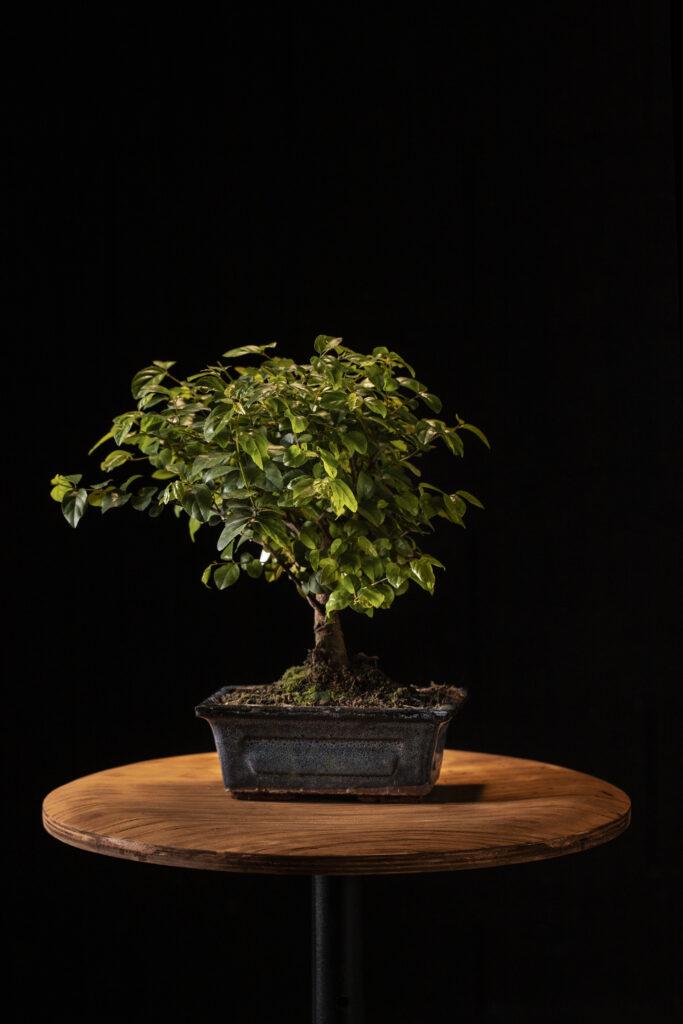
What Are the Best Bonsai Plants for Beginners?
Although practically any tree may be trained to grow into a bonsai plant, certain species perform better than others and ought to be the top options for novices. Some of the greatest choices include juniper bonsai, maple bonsai, ficus bonsai, boxwood bonsai, cotoneaster bonsai, and beech bonsai. Each has advantages and disadvantages of its own, but these are often the best options for people just starting out. But keep in mind that while choosing the species that is ideal for you, your climate should also be taken into account.
How Old Should a Tree Be Before You Bonsai It?
To create a bonsai tree, choose one that is at least a few years old and around the height you want it to be. Know that it will take three to four years to establish a plant strong enough to bonsai if you intend to grow your bonsai from seed.
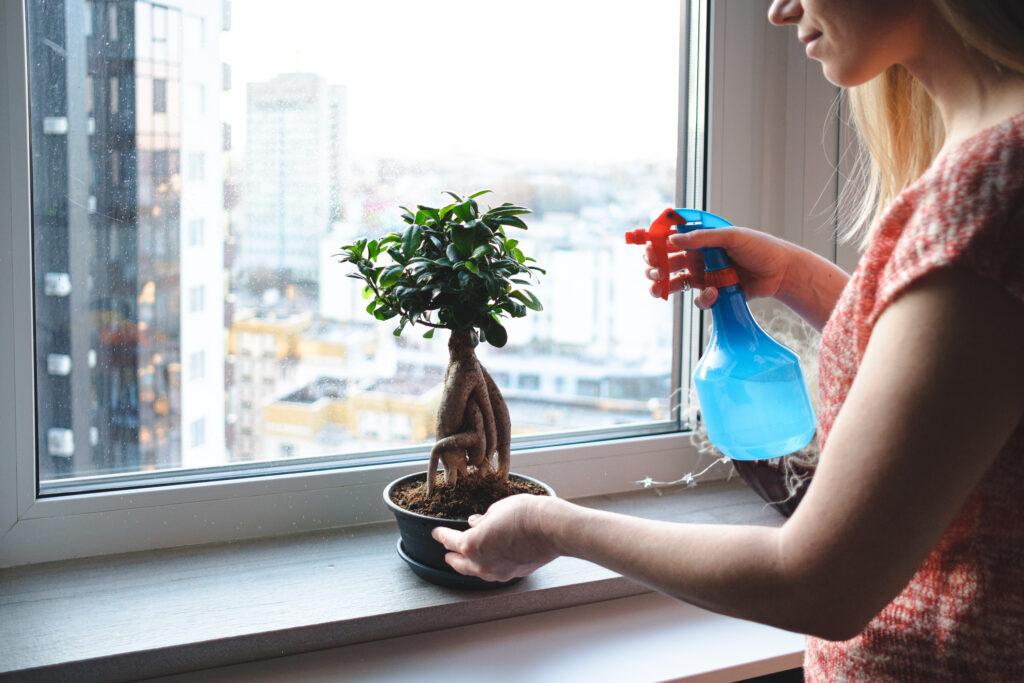
The Art of Bonsai: An Ancient Tradition
The art of bonsai traces its origins to ancient China, where it was known as “penning.” Over time, it found its way to Japan, where it evolved into the refined practice we recognize today. Bonsai is more than just a hobby; it’s a profound art form that demands patience, creativity, and a deep understanding of horticulture.
Exploring Bonsai Styles
Bonsai is not a one-size-fits-all endeavour. It encompasses a range of styles, each with its own unique characteristics and aesthetics. Some popular styles include:
- Formal Upright (Chokkan): Characterized by a straight, upright trunk, this style exudes a sense of dignity and strength.
- Informal Upright (Moyogi): With a slightly curved trunk and a more relaxed appearance, this style captures the beauty of nature’s imperfections.
- Cascade (Kengai): Mimicking a tree growing on a steep slope, cascading bonsai adds drama and dynamism to any collection.
- Windswept (Fukinagashi): As if shaped by strong winds, this style showcases the resilience of nature.
- Broom (Hokidachi): Resembling a tree growing straight from the ground, this style exudes an aura of formality.
7 Steps to Best Bonsai a Plant
Now that you are aware that virtually any plant may be transformed into a bonsai, it is time to make a decision and begin producing. Here are the seven steps you need to follow in order to bonsai a plant on your own, without further ado.
Step One: Pick a Plant to Bonsai
You should first decide whether you want an indoor or an outdoor plant when choosing a bonsai plant. Choose a plant that can survive in a climate-controlled setting if you prefer an indoor variety.
If an outdoor bonsai suits your needs better, take your climate and the area where the bonsai will reside into account. Also keep in mind that tropical species are preferable for indoor planting while non-tropical species may flourish outside. The next step is to choose the seeds, nursery stock, pre-bonsai plant, or bonsai tree starter kit once you’ve chosen a species.
The kit is often the most expensive choice, but it will enable you to start creating your bonsai right away. Pre-bonsai and nursery stock will be swiftly prepared for bonsai construction.
Step Two: Gather Your Tools
You’ll need a decent pair of concave cutters, a wire cutter, and a chopstick or other long, single-headed object to remove the soil in order to grow and maintain a bonsai. Choosing a soil mixture made particularly for bonsai is also important.
Your soil should have a blend of fine gravel, compost, pumice, akadama, and lava rock that has a pH that is neutral. The final two items you’ll need are wire for bonsai shaping and a container with at least one drainage hole for your plant.
Your bonsai tree’s height should be around two thirds of the size of your pot. In order to prevent your plant’s roots from emerging from the container’s bottom, it is advisable to mesh-cover the drainage hole.
Step Three: Remove the Top Layer of Soil
Next, assuming you selected one of these alternatives, gently take your bonsai plant out of the starter kit or nursery stock container. Instead, if you planted your seeds, you would have to wait until the plant was fully grown before carrying out this step.
Once all of the components are in place, use your chopstick to loosen the soil at the plant’s top and clear away any extra dirt until you can see the initial top roots. Choose which section of your plant will be the front depending on the location of the main roots, how the branches fall, and the overall aesthetic appeal of your plant.
Step Four: Prune Your Bonsai
Perhaps the most important skill you’ll acquire in the practice of bonsai is pruning. Keeping your bonsai small while maintaining a full-sized tree’s form and scale requires pruning. When the plant is emerging from dormancy and prepared to recover from whatever trimming you may undertake, plan to prune your bonsai in the spring. In general, you ought to prune:
Atop your tree, there are several thick branches. Unnaturally twisted or turned limbs Branches that have reached the same height (it’s ideal to preserve a single branch from each height) Any limbs you believe may improve the aesthetics of your bonsai dead foliage and branches Typically, to give a plant a tree-like appearance, you should cut branches approximately a third of the way up the plant’s trunk.
Additionally, cut your plant’s front so that it is the most aesthetically pleasing section of the tree and that you can display the trunk. Additionally, keep in mind that you should never remove more than one-third of the tree’s branches and leaves at once.
Step Five: Wire and Train Your Bonsai
In order to give your bonsai tree’s trunk and branches a shape that will eventually become permanent as it grows and matures, you must wire it. To achieve this, you must first choose how you want your bonsai plant’s trunk and branches to be shaped. If your tree has two trunks, you might want to think about wiring one of them so that it spreads out from the other to create a more open form.
But regardless of the style you’ve selected, it’s time to wire your tree to your preferences. Therefore, to begin, take your wire and bury it as deeply as you can into the ground and tree roots close to the trunk. Then, starting from the bottom and working your way up to the top of the trunk, start wrapping the wire around it.
Now, carefully form the trunk in the desired shape, being cautious not to break or shatter it. You must wire your branches after wrapping the trunk. Therefore, you need to for each branch that you wish to reshape: To keep your wire sturdy, wrap it once around the trunk.
Start wrapping your wire around the limb at its deepest point, which is close to the trunk. Up until you reach the branch’s end, keep wrapping. After wiring each leg, start gently bending it into the appropriate form, working your way up from the bottom.
Step Six: Re-pot Your Bonsai
Repotting your bonsai should be postponed until spring to give it time to recover from trimming and wiring. The roots of your bonsai plant should now be meticulously untangled using chopsticks so that you can see any roots that are too lengthy. The root system can then be pruned by up to a third to allow your plant to fit comfortably in the container of your choice.
After that, fill your container with fresh dirt and place your bonsai plant inside. In addition, some growers anchor the bonsai plant to the pot using wire. You are free to proceed with this step. However, you must complete the repotting process by adding more dirt on top of the roots and filling the container with chopsticks.
Step Seven: Care for Your Bonsai
After repotting, water your tree right away, then put it in a shaded area for around four weeks. Maintaining your bonsai plant requires the same attention as maintaining the original plant species you choose. Additionally, remember that as your bonsai plant ages, the wires run the danger of snagging on the branches and leaving scars .Remove the cables after three to four months to prevent this.
Cultivating Your Bonsai: The Essentials
Selection of Trees
Choosing the right tree for your bonsai venture is crucial. The Japanese Maple, Juniper, Pine, and Ficus are a few common options. The key is to select a tree that suits your climate and personal preferences.
Container Selection
The choice of container should complement your tree’s style. Consider the size, colour, and shape, ensuring it provides adequate drainage.
Soil Mix
Bonsai plants thrive in well-draining soil. Create a custom soil mix or purchase pre-made bonsai soil.
Pruning and Shaping
Regular pruning and shaping are essential to maintain your bonsai’s form. This process not only enhances aesthetics but also promotes healthy growth.
Watering and Feeding
Bonsai trees have specific watering and feeding needs. Understand the requirements of your chosen species and adjust accordingly.
Sunlight
Most bonsai plants require ample sunlight. Ensure they receive the appropriate amount of light for healthy growth.
Frequently Asked Questions (FAQs)
Q: What is a best bonsai plant?
Bonsai trees are normal plants, propagated like any other, but trained using sophisticated techniques to keep them miniature. The styling of these miniature trees involves important techniques like regular pruning and wiring.
Q: What is the use of bonsai plants?
Bonsai plants are popular in homes since they are a terrific stress reliever. These plants may also be seen on workplace workstations in a variety of businesses. Bonsai plants may provide a relaxing environment. As a result, many individuals enjoy growing bonsai trees as a pastime.
Q: Is bonsai a lucky tree?
Not only is the Bonsai tree collected for its incredibly stylish look but it has been celebrated for its abilities to bring good luck and success. It is traditionally given as a gift and should be placed in the sunniest part of your home.
Q: Why is bonsai expensive?
The most expensive Bonsai are all very old and have been nurtured in pots for generations. The trees need utmost optimal care to ascertain optimum maturity, and that may stretch from decades to centuries.
Q: Do bonsai trees grow?
Although in some cases dwarf trees are used for bonsai, if a bonsai is planted in the ground it will eventually grow into a full-size tree or plant. There are landscape style bonsai; they are generally called Penning.
Q: How old are bonsai trees?
Trees can grow for thousands of years. Bonsai trees, if well kept, can also become very old. This Ficus Bonsai is estimated to be one thousand years old, one of the oldest Bonsai trees we know.
Conclusion
In the world of gardening and artistry, bonsai plants stand as a testament to the harmony between humans and nature. These miniature marvels offer not only aesthetic beauty but also a profound sense of patience and discipline. Whether you’re a seasoned bonsai enthusiast or just embarking on this journey, the world of bonsai has much to offer. So, embrace the tranquility, creativity, and wonder that bonsai plants bring into your life.
About The Author

Pruthvirajsinh
THE WAY YOU NEED IT
Connect with us
Recent Posts
- Decorate Your Home Space With Artificial Grass In 2023
- #1 Top 5 Creative Festive Garden Decor Ideas
- #1 The Most Easy Way to Protect Your Plants From Frost In USA
- #1 BEST TULSI REDUCES ACTIVE ACNE IN 2023
- #1 Best 7 indoor plants that people with amazing-smelling homes use to scent their spaces naturally
Information

Decorate Your Home Space With Artificial Grass In 2023

#1 Top 5 Creative Festive Garden Decor Ideas
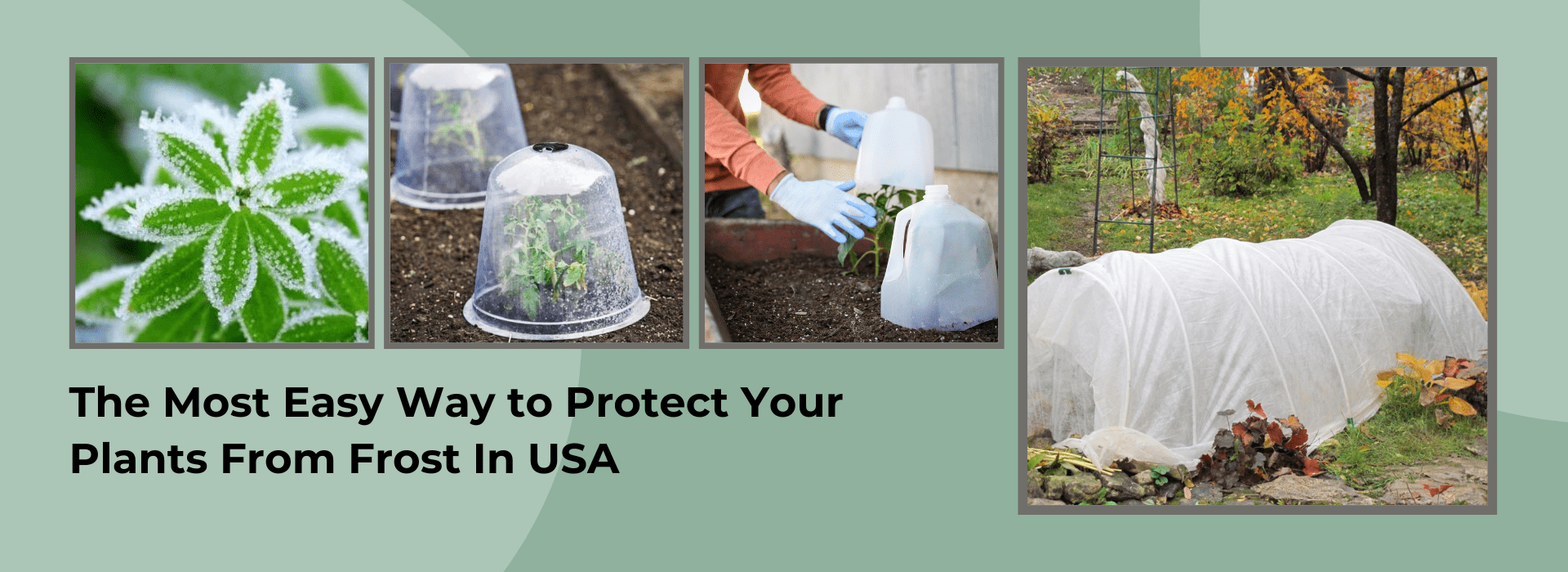
#1 The Most Easy Way to Protect Your Plants From Frost In USA
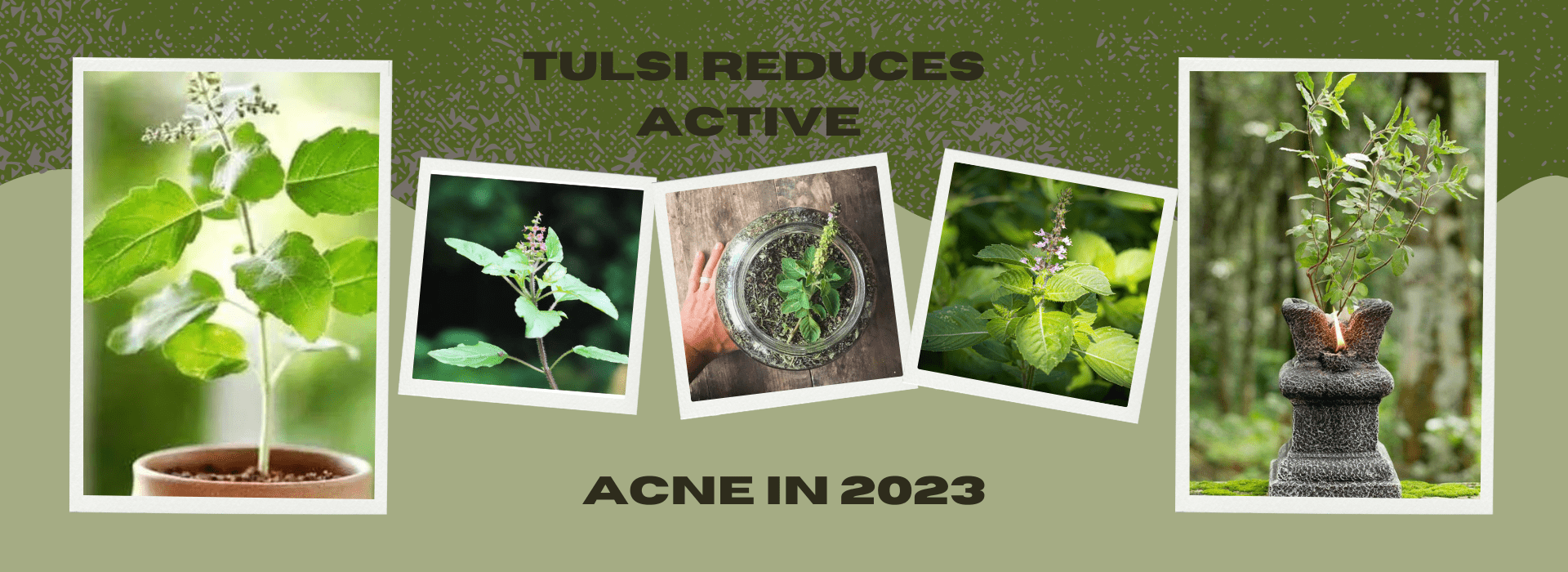
#1 BEST TULSI REDUCES ACTIVE ACNE IN 2023

#1 Best 7 indoor plants that people with amazing-smelling homes use to scent their spaces naturally
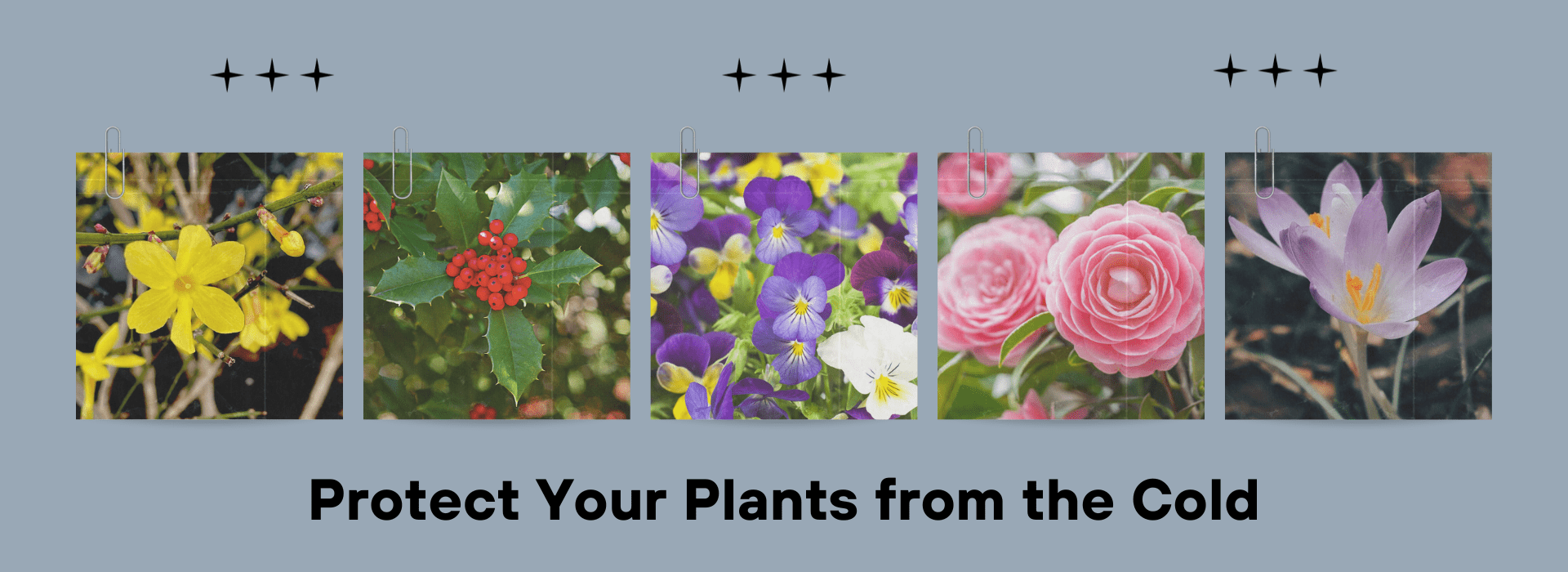

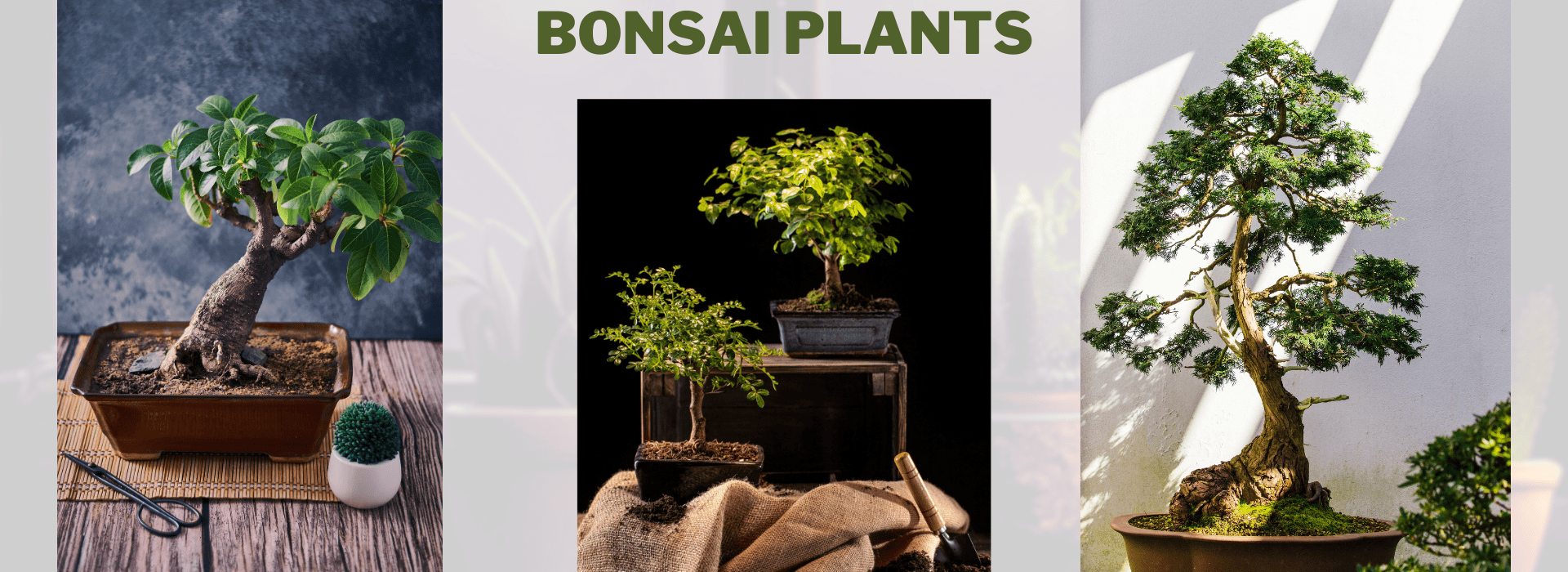

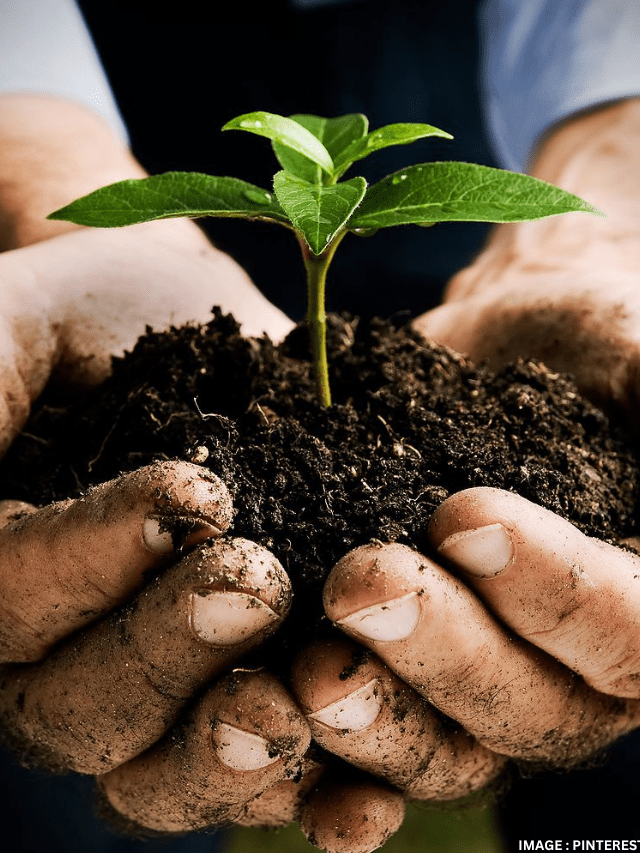


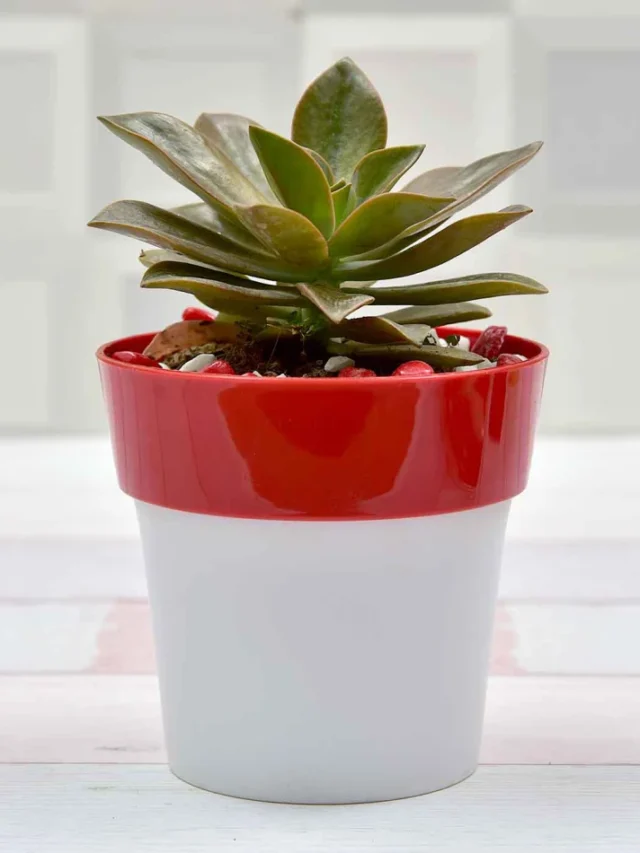

Recent Comments